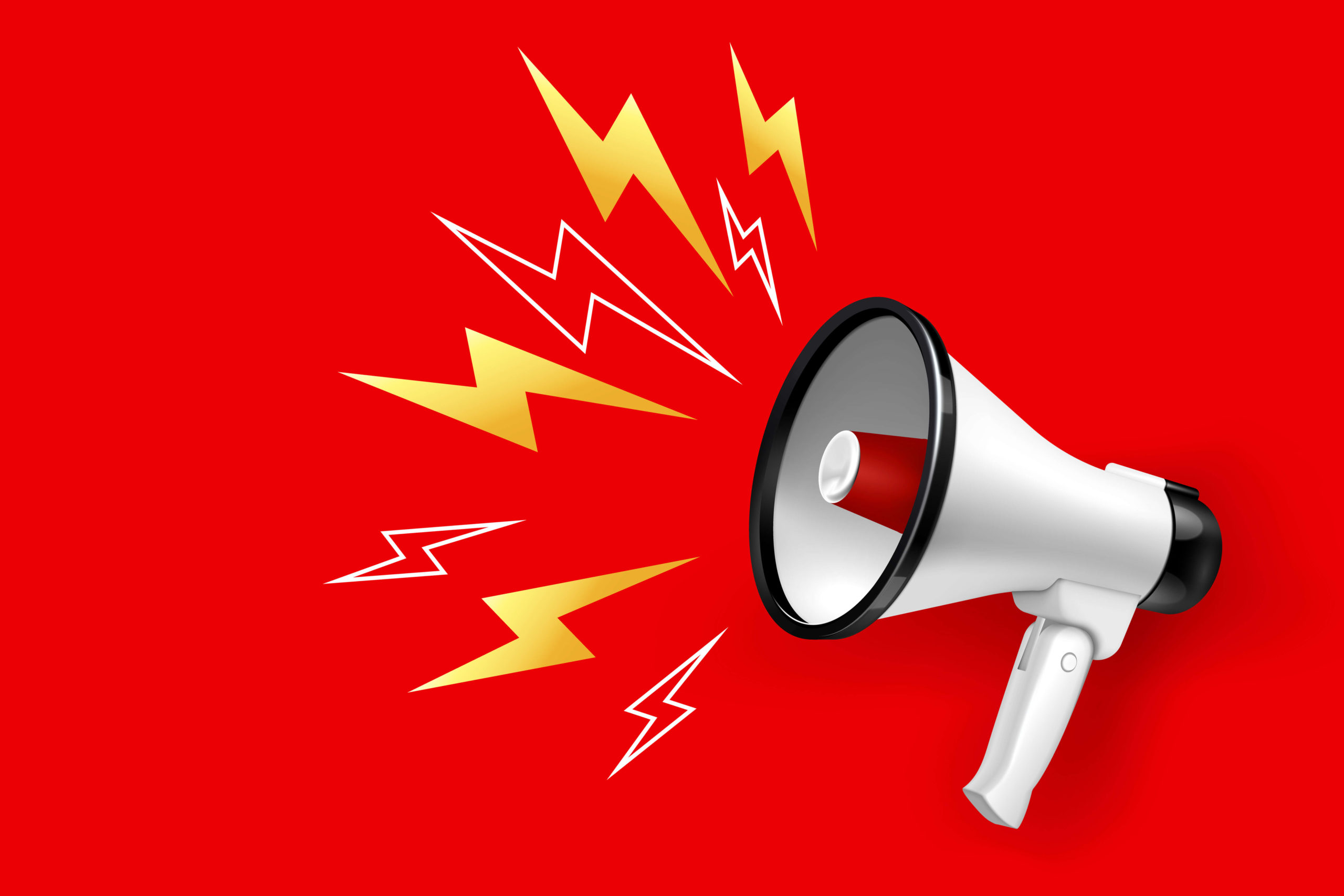Call to action (or CTA) is a popular digital marketing tactic that refers to asking your consumer to take a specific action (or set of actions). They help direct your consumers into either further engagement or to complete a sale.
Calls to action are necessary in a content marketing context. Many pieces of content that you produce for your website or social media should be meant to inform and engage the consumer instead of a hard sell. When CTAs are properly leveraged alongside content, you can have an unobtrusive and effective way to direct the consumer into next steps if they choose.
The most effective calls to action:
- Match with your content. Calls to action should match with the content the consumer is engaging with. For example, you wouldn’t put a “Buy Now” button on a contact page (the consumer wants to contact you, not make a purchase). Take advantage of the natural flow of the content to the CTA.
- Are relevant to the consumer. The CTA you choose should match with your audience. For example, if your consumer is on a page to learn about your latest product, you should place CTAs that direct the consumer to engage in the purchase process.
But, not all CTAs are the same. Some may be stronger than others. Some may be very targeted for a specific set of content. No matter how they are different, they must be used correctly to be effective. CTAs that don’t match with the consumer’s engagement might result in you losing the consumer.
Different Calls to Action and How They are Used:
This is definitely not an exhaustive list, but here are some of the more common CTAs you might use:
Buy Now
The buy now CTA is the strongest. You are asking your consumer to commit and complete a purchase from your site. Typically, buy now CTAs are used with relatively low cost deliverable goods or subscription services as consumers are more likely to make quicker decisions. Most consumers wouldn’t purchase a car form a buy now button.
Good buy now CTAs are:
- Related to what the consumer is interested in
- Tied to a simple shopping cart feature to make it easy
- Offer a clear price and shipping details
Lead Generation/Product Demo
Lead generation CTAs are a close second to the buy now (and may replace the buy now if you don’t sell directly). Lead gen CTAs mean the consumer wants to speak with someone in a sales capacity, and may be centered around a product demo. These are often used on product education pages and client success stories.
Good lead generation CTAs:
- Rely on trust you have built with your content.
- Set expectations with when the consumer will be contacted or better yet allow the consumer to schedule an appointment.
- Are built upon knowledge you have provided about your goods and services.
- Are tied to “Proof Points” that let consumers see the quality of your business.
Recommendations i.e. “You Might Also Like”
The CTA that displays other products the consumer might like gives them a chance to improve their shopping experience by purchasing companion goods. It is often very effective as you can personalize the products based on what the consumer has already added to their cart or personalized. Typically, these are high converting CTAs.
Good You Might Like CTAs:
- Offer very relevant products. For example, if someone added shoes to their cart, you would not recommend a toaster.
- Leverage data. Good recommendations are based on the consumer, current purchase, and past purchase history.
- Are easy to add to the purchase. Recommended products should have minimal clicks to add to the purchase.
Connect for further engagement (newsletter, mailing list, Social Media, etc.)
A connection CTA is asking your consumers to give their information for the promise of valuable future information. Consumers today are flooded with sales and marketing messages, and it is becoming more difficult to complete consumer sign-ups.
Good connection CTAs:
- Communicate trust with the consumer (you will not share or sell their information)
- Clearly demonstrate the value of connecting – i.e. what will the consumer get if they give up their information? Too often this is where engagement CTAs fail.
- Set expectations on what the consumer will receive and stick to it. For example, sign up for our monthly newsletter. You then deliver the monthly newsletter – no more, no less.
Learn more (product discovery)
Learn more CTAs are often used to direct consumers from softer content to more robust descriptions. For example, you have a blog post about how one of your customers leveraged your product to get results. The CTAs in the blog post will drive to product information pages that provide the information.
Consumers might not be ready to buy, but they are interested and want more information. A consumer path might look like: General Interest > Read More About a Product > Request a Product Demo.
Learn more about our company
If your industry requires a high degree of trust, a CTA that drives the consumer to learn more about your company may be appropriate. For example, a bank might focus a CTA on providing information about how they are insured and a trusted pillar of the local business community. These are very soft in nature and are focused on brand awareness.
Share on Social
You may also leverage CTAs that encourage consumers to share on social media. This is often leveraged for building a brand and reputation. These CTAs also allow consumers to feel like they are information ambassadors with the social following which gives them benefit as well. The trick is to make these CTAs simple and convenient to share content, not purchase a product. Also, avoid asking to share on social media. If consumers want to share they will, and this type of CTA should make it easy for them to do so.
These can be as simple as adding social share buttons to each page of content on your site. If you use WordPress, there are a ton of simple plugins that will let you do this in just a few minutes.
Event attendance
Finally, you may need a CTA that focuses on event registration. The goal of the CTAs is to make sure your consumer is informed of an upcoming event that might interest them and allow for registration (if needed).
Where can you display Calls to Action?
Calls to action can be placed in a variety of effective locations, including in-line with content and as call-outs on your pages.
In-Line with Text
Placing a CTA in with your text is a great way to provide a simple option for the consumer to take further action. We have all seen these: you are reading along in a blog post and suddenly see a hyperlinked text like “Learn more about how we help XYZ do ABC”.
The benefit of in-line text CTAs is they do not disrupt the consumer’s experience and are subtle. This helps you appear less salesy and more focused on the consumer.
A downfall of these is they are often overlooked and not very strong. Expect a lower click rate as compared to other forms of CTAs.
As a Call-Out, Button, or Image
CTAs can also be placed alongside your text content but made to stand out from the text. For example, you may be reading a blog and there is a large sidebar on the page with an image and bright colors asking your to subscribe to a newsletter. In general, when effectively used, Call-out CTAs are some of the most effective, striking a good balance with attention and non-obtrusive placement.
Admittedly, these are my favorite.
In a Modal window
Now we get to my admittedly least favorite CTA – the modal window. These can be leveraged properly as part of a good consumer experience, but too often they are used like a used car salesman screaming at you at top volume. How many times do you visit a site and they display a CTA to subscribe to a newsletter before you have even read anything on the site?
To use modal CTAs properly, you should have already given something to the consumer and built trust. Without building trust, the modals are too obtrusive to be effective. An example might be to have a “Before you go” modal pop-up when the consumer is exiting or suggest further related products.
CTA Summary:
| If you are… | Consider Using these CTAs |
| Selling a relatively low-cost good or service |
|
| Generate leads |
|
| Build a relationship with a consumer |
|
For further reading, Hubspot has a great article outlining various Calls to Action.
Read more about Content Marketing.




